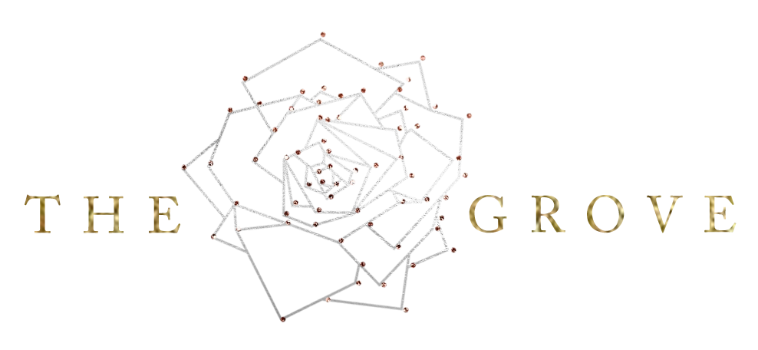Q:
I’ve got some experience photographing interiors for real estate, but want to work with designers. A local interior designer just asked me for my pricing, but I have no idea what to say. Help!
A:
Nothing brings more doubts to a freelancer’s mind than the question of pricing. It just seems so confusing! And the fact that there’s no clear answer makes it even tougher. So while I can’t tell you exactly what you should charge for your expertise, geographical area, and market needs, I can talk a bit about starting points and how to find some guidance.
Did you know?
Our Industry Rates Database
gives you detailed information on what photographers charge.
Submit your entry to access!
It's 100% free and anonymous
Learn more and access the database!
Let’s start with what to consider when figuring out your rates. You should think about your:
- Experience. Be as objective as you can be. Do you have experience that differentiates you from other interior photographers? Do you have certifications or training that back up your expertise?
- Quality of work. This one is tough to be objective about, but having a solid grasp of how your work compares to other photographers in the region will help tell you where your pricing needs to land.
- Location. Location does matter. Bigger cities have larger markets, bigger budgets, higher costs of living and operating, and more demand. Cities like New York and Los Angeles will demand higher rates than small towns.
So what exactly should you be charging?
First, you’ll want to establish how you want to structure your rates. There are lots of different ways that you can set up your rates, and we cover the main ones in this Field Note about rate structures. I’ll talk in terms of minimums and per photo rates for the sake of simplicity.
My minimum for any shoot is $800. This means that no matter what, I make at least that. This includes 6 final photos. In larger cities, you’ll most likely want to have a minimum of at least $1,000 so that your costs of operation are covered, including your time invested in shooting and travel. If you live in a small town, your minimum may be closer to $400. While it's a good idea to be informed about what others are charging, there is no shame in what you choose. It needs to be a minimum that works for you and works for your clients. Also, keep in mind that rates can fluctuate as you learn more of what your market calls for and what your financial needs are to operate and pay yourself.
Beyond the minimum, I have a per photo rate of $75. In larger cities, the per photo rate may be upwards of $200. In small towns it may be $50. It’s important not to give photos away for too small a rate because these are used for marketing purposes in perpetuity! Also, photos for interior designers or architects are typically of a higher quality than real estate needs, take longer to create, and have a much more generous licensing term attached to them, so the emphasis should absolutely be on quality over quantity.
What if other contractors in the project want to use my photos?
Often, you’ll have other businesses or sub-contractors that want to use the photos you create. For this, there are a couple of ways to approach it. If you know up front that others will want access to images, then you can add a percentage to the total project rate (such as 25%). This is called cost-sharing. For example, if the project total is $900 and the flooring company and tile manufacturer want to use the images, then it would total $1,350 ($900 + 25% + 25%). Then your original client, the flooring company, and the tile manufacturer all have access to the images.
My preferred method for working with additional businesses, though, is to handle it separately. This means I have my shoot with the designer, and then there’s a separate per photo rate established with the other business for the images they want. This is typically referred to as third-party licensing, because you are licensing the photos to a third party after the shoot is complete. The per photo rate for other contractors should always be higher than the per photo rate for your designer because the designer is the client that took the time and effort for the shoot itself; the other contractors are reaping the benefits of the designer’s time and coordination efforts. So, for example, my per photo rate for my client who originally hired me is $75 but for any additional parties that license afterwards, it’s $125.
Final notes
As you gain more experience, it’s important to keep evaluating if your rates make sense with the value you deliver. As your expertise grows, so should your rates. Also, as you learn more about what the market near you can hold, your rates should adjust to meet that. So if your market actually has designers that typically pay higher rates, then you should be raising your rates to meet that higher range. Likewise, if your market is really limiting and small, there’s a chance the rates will have to go lower to meet your clients’ tolerance. If you’re not sure when or how to raise your rates, this Field Note should help!
Also, don’t forget that you have the power to change your pricing at any time! Just because you charge a minimum of $800 one day doesn’t mean that you can’t change it to $400 the next. If you see that your rates are not working, either because they’re too high for your target clients or because you’re working yourself silly for too little money, then you can change those rates at any. time. you. want. That’s the power of working for yourself!
xo,
Natalia





